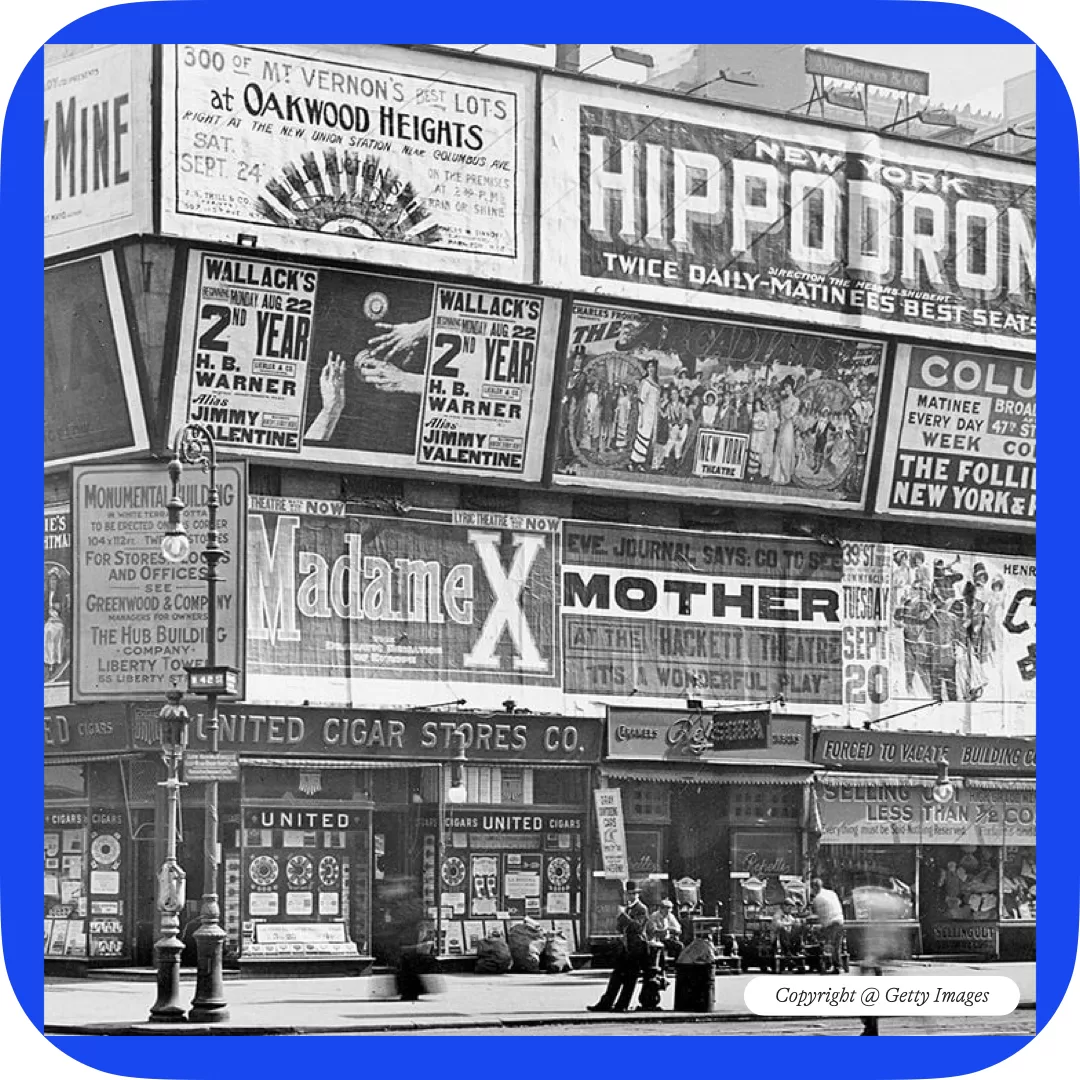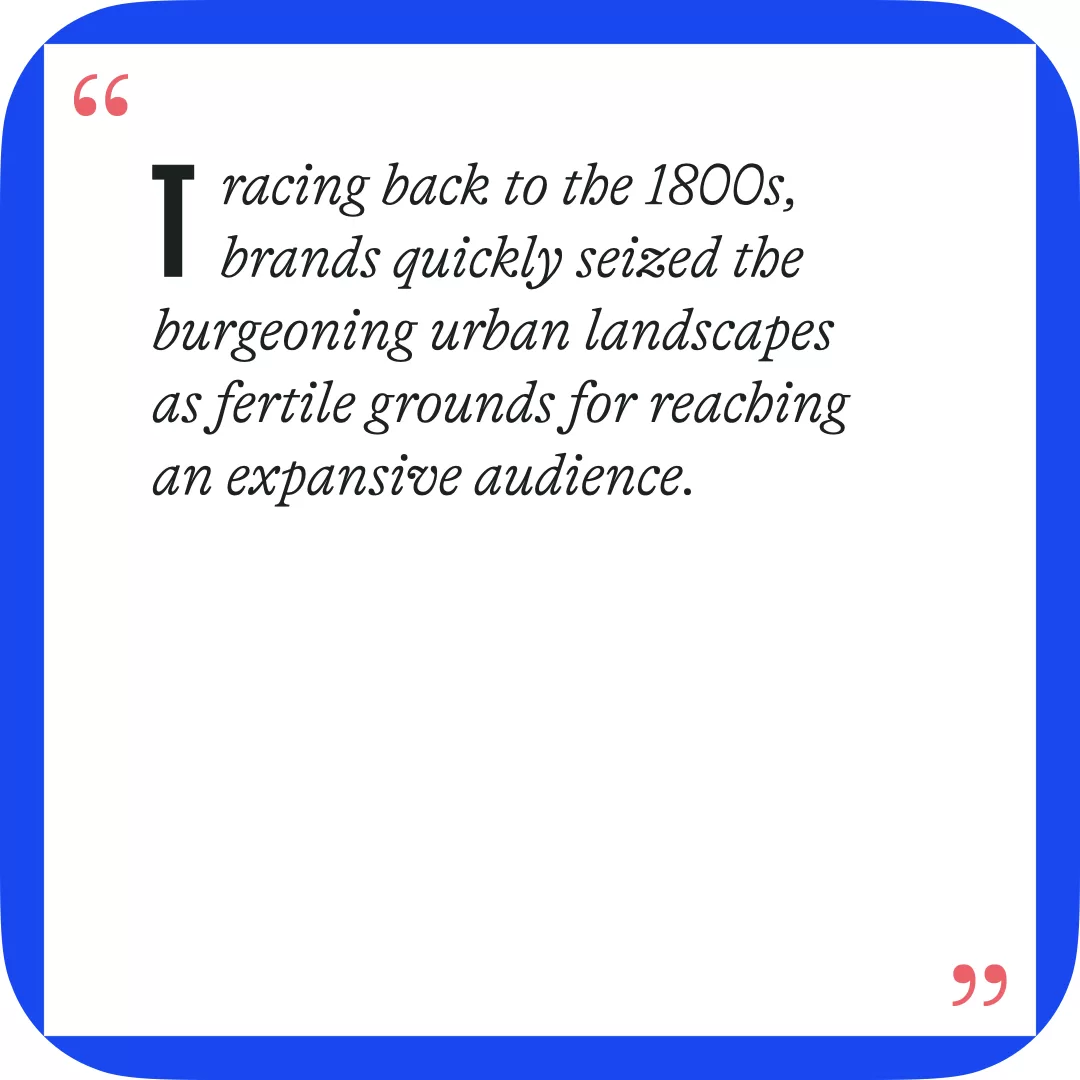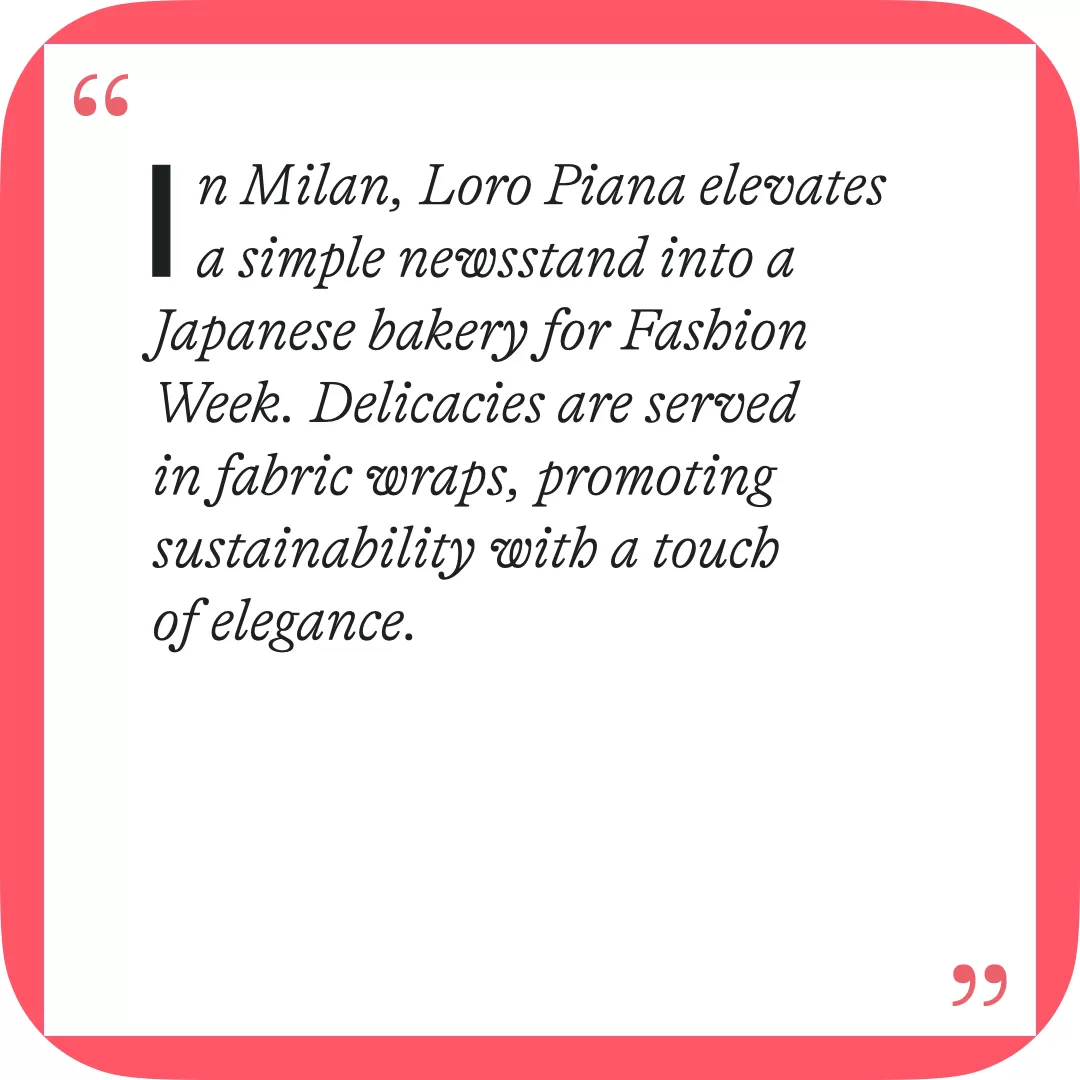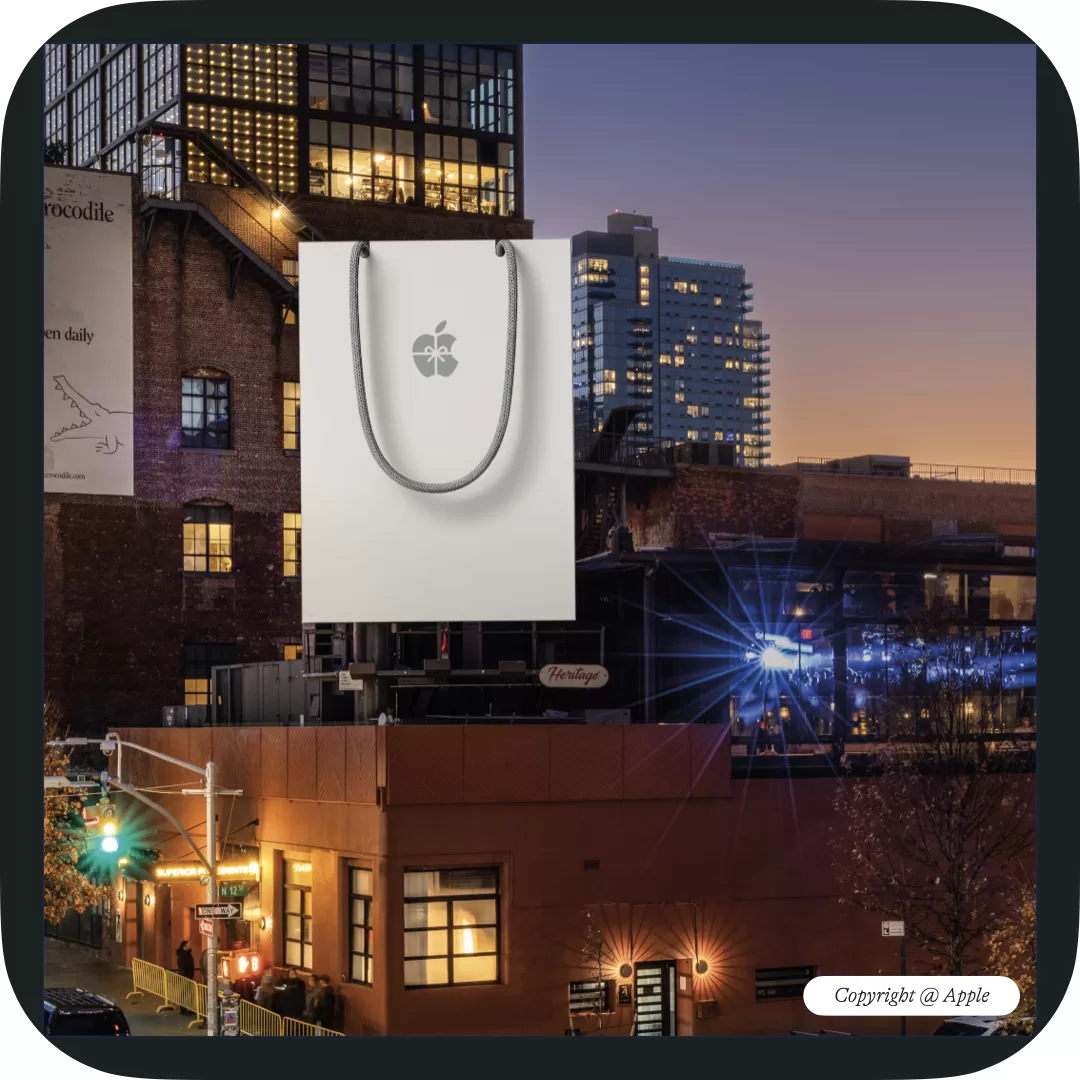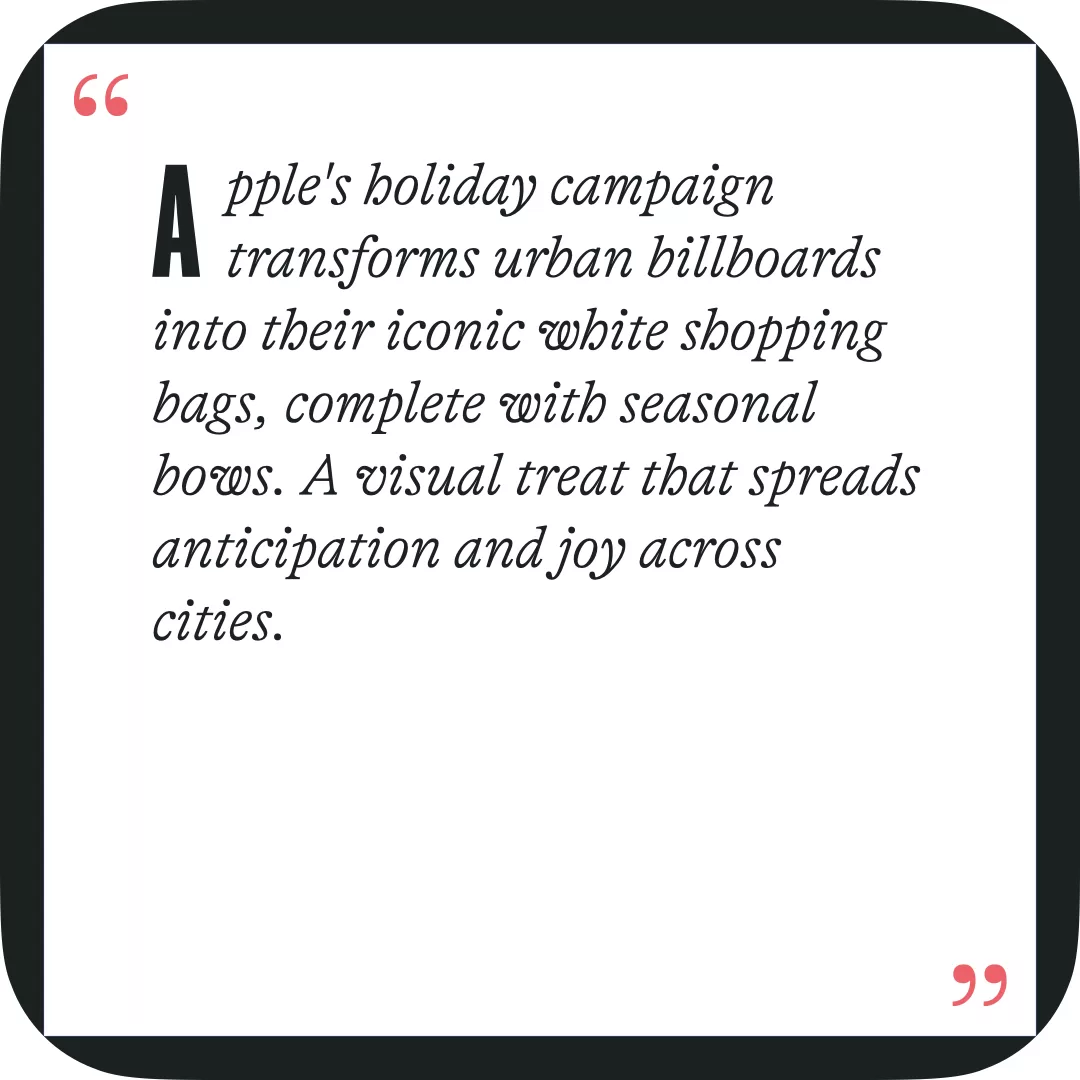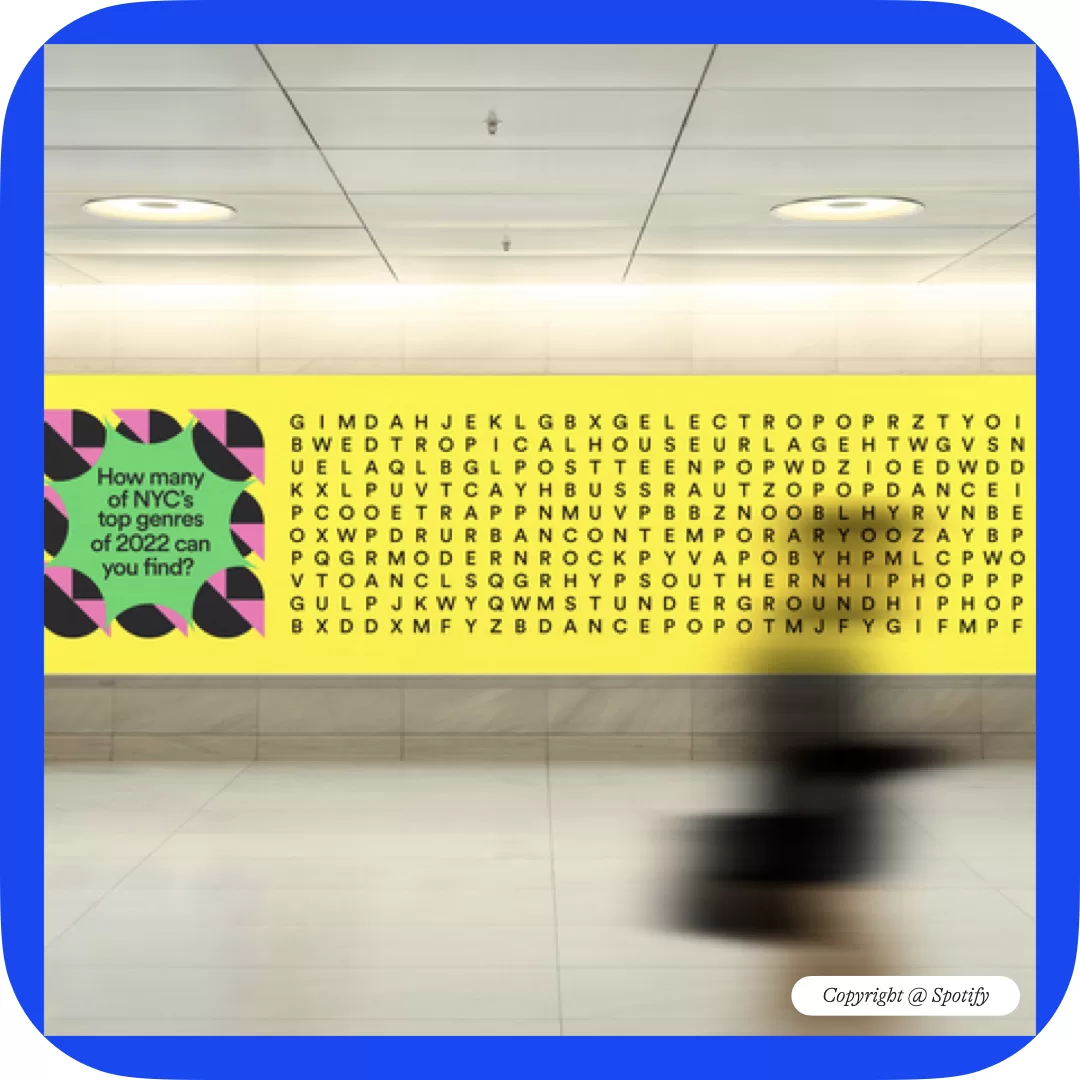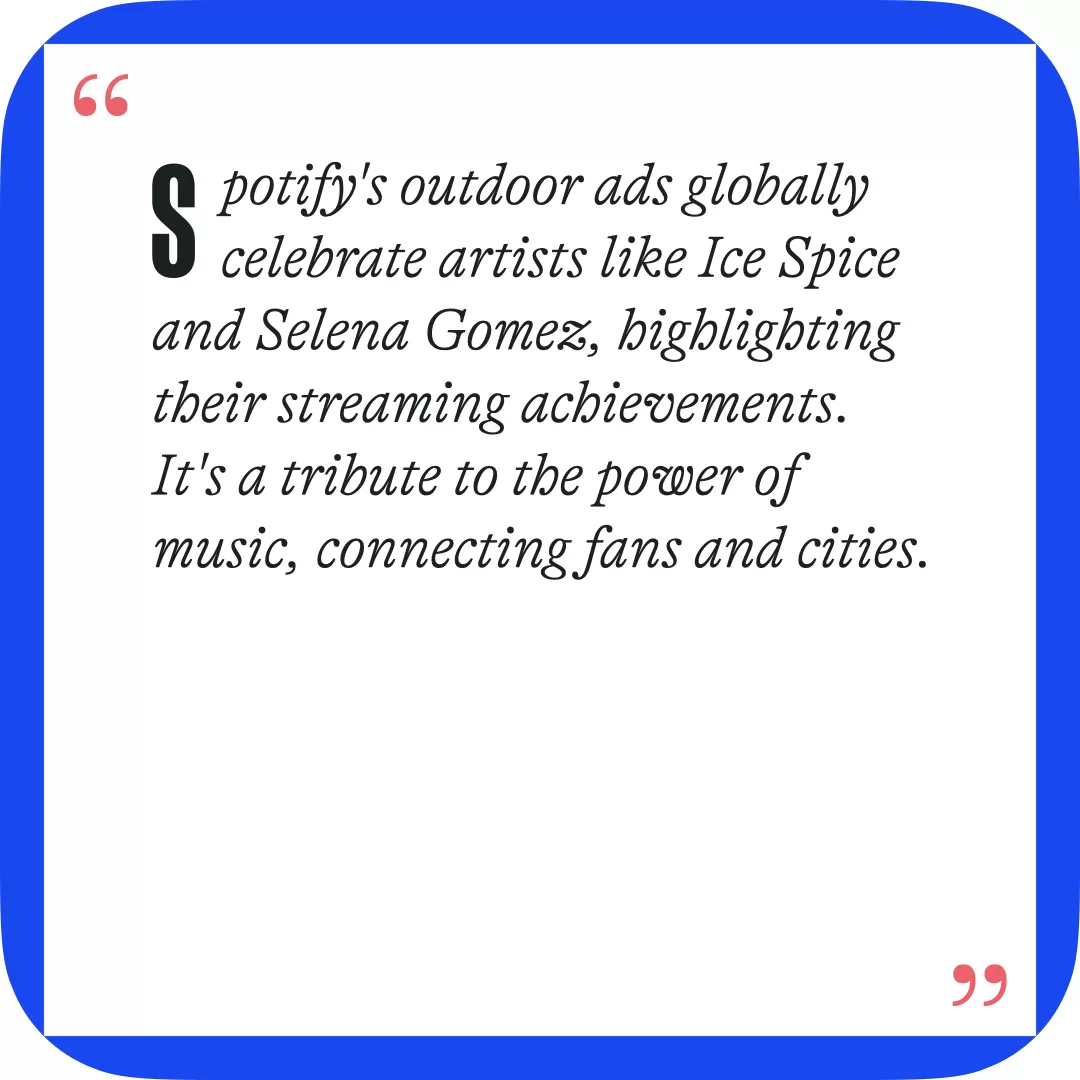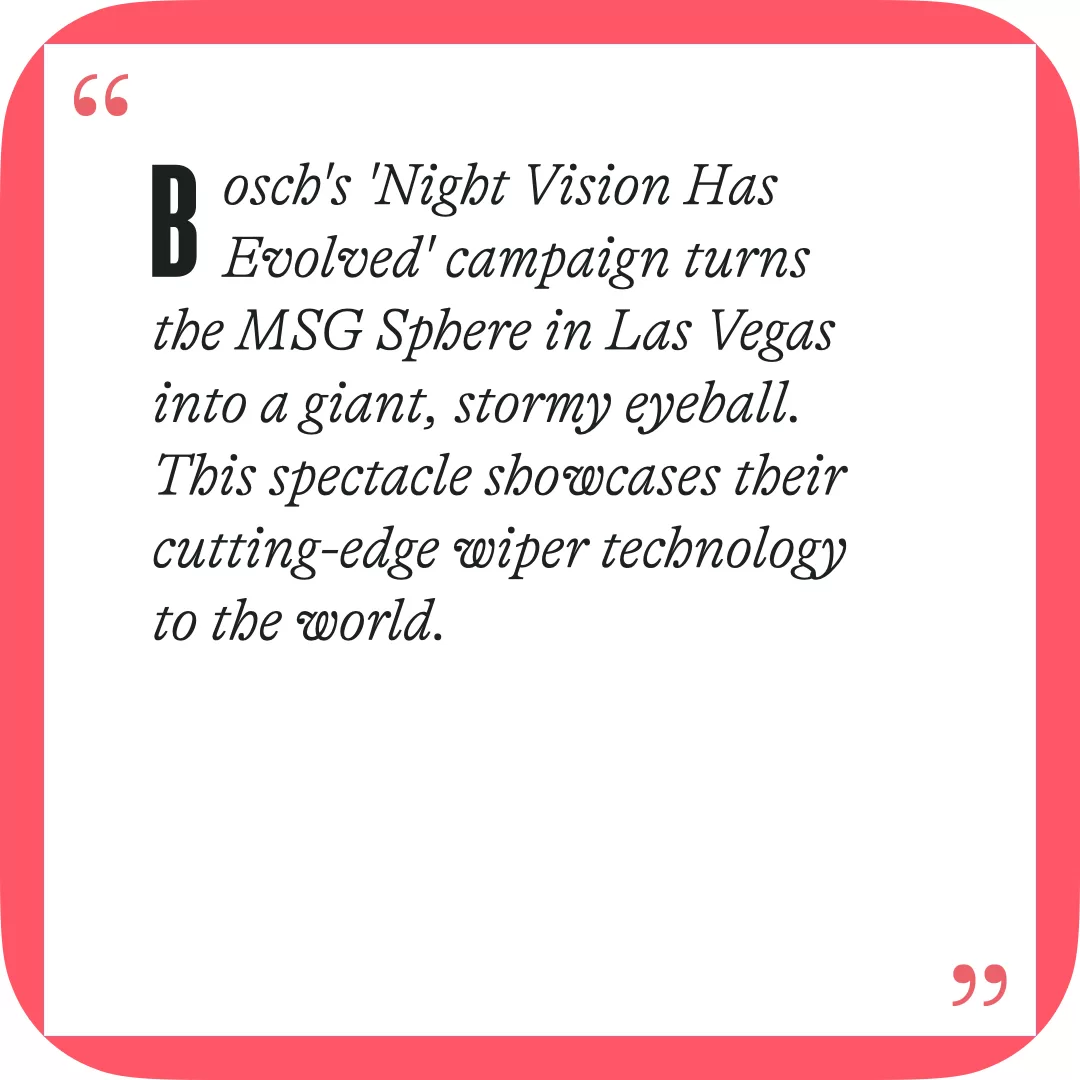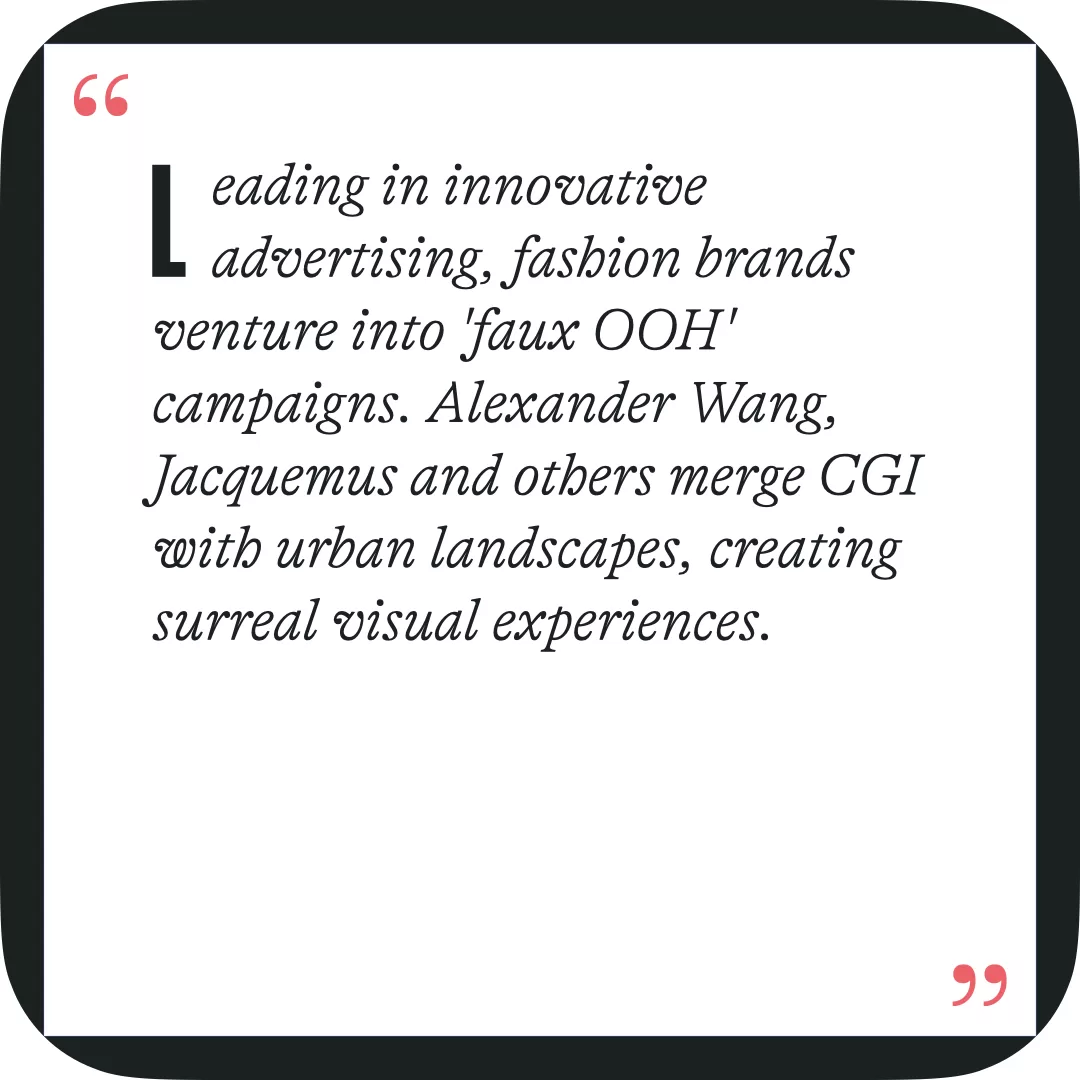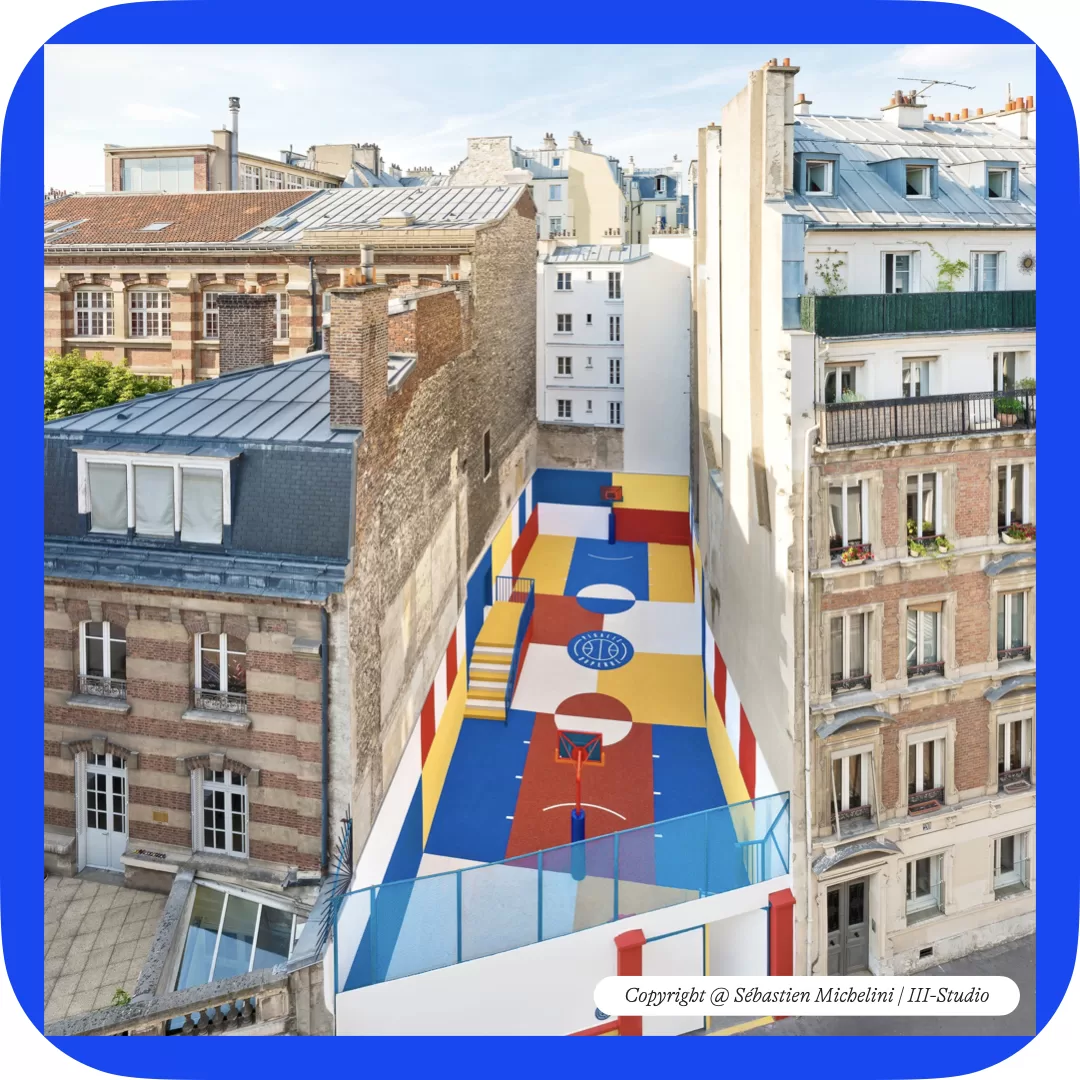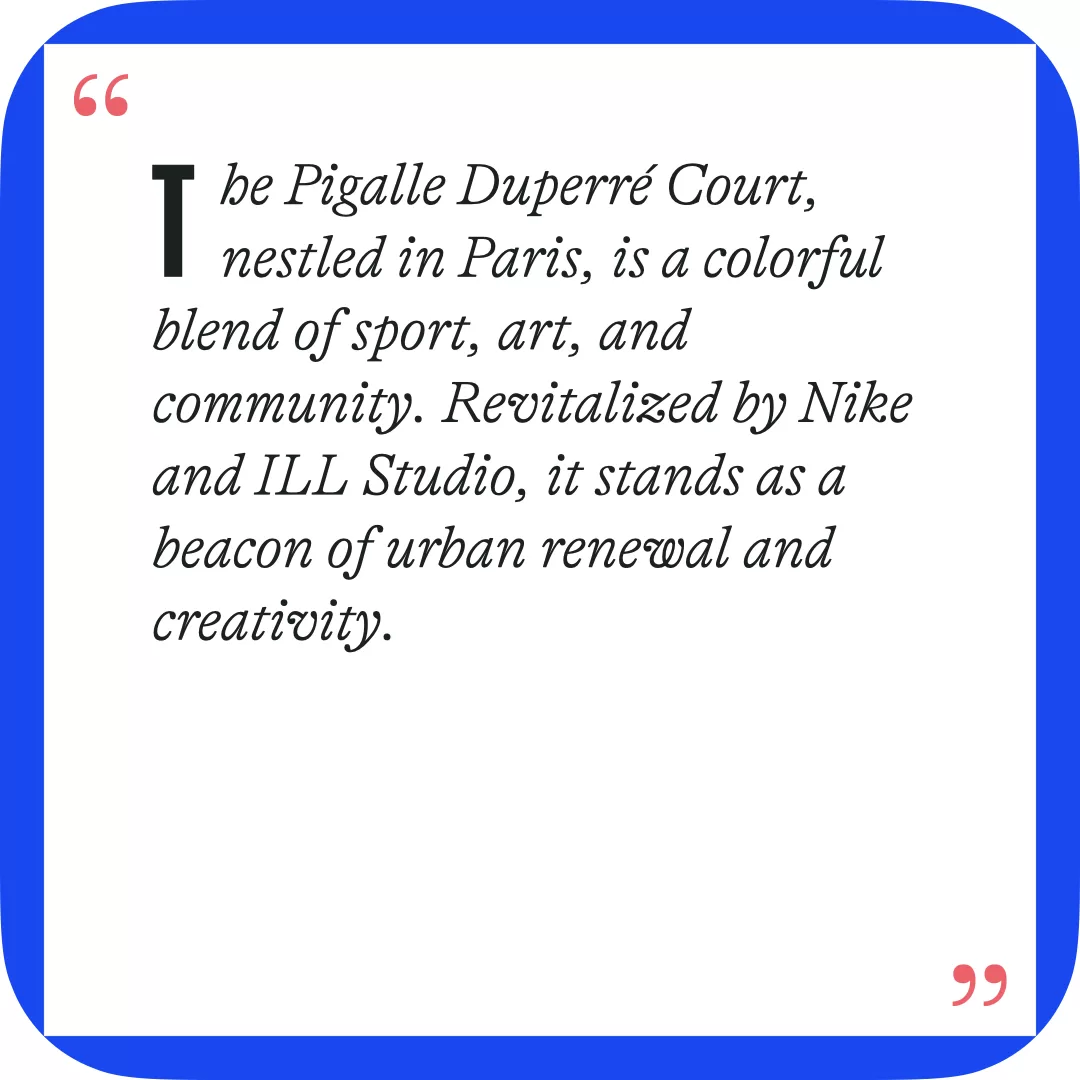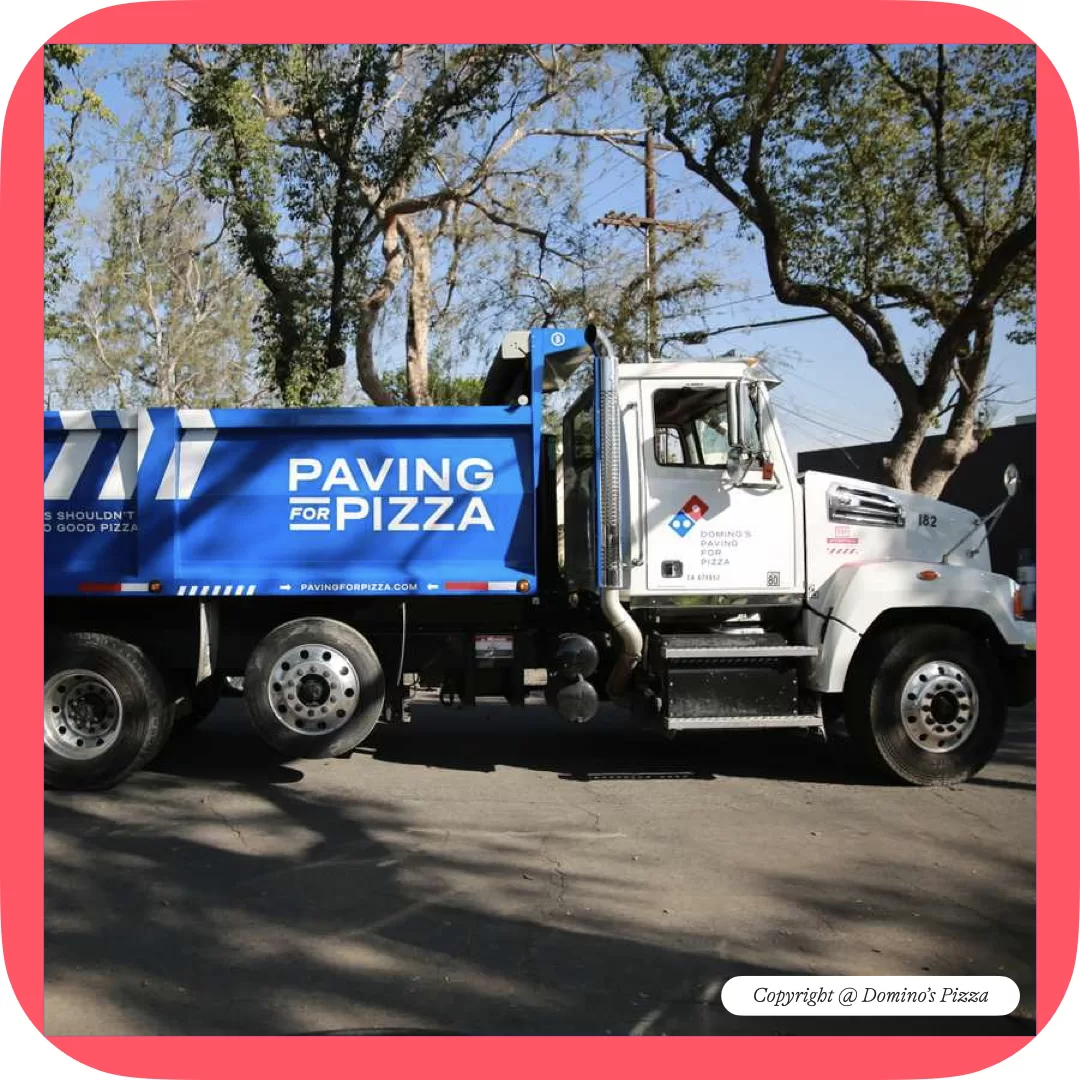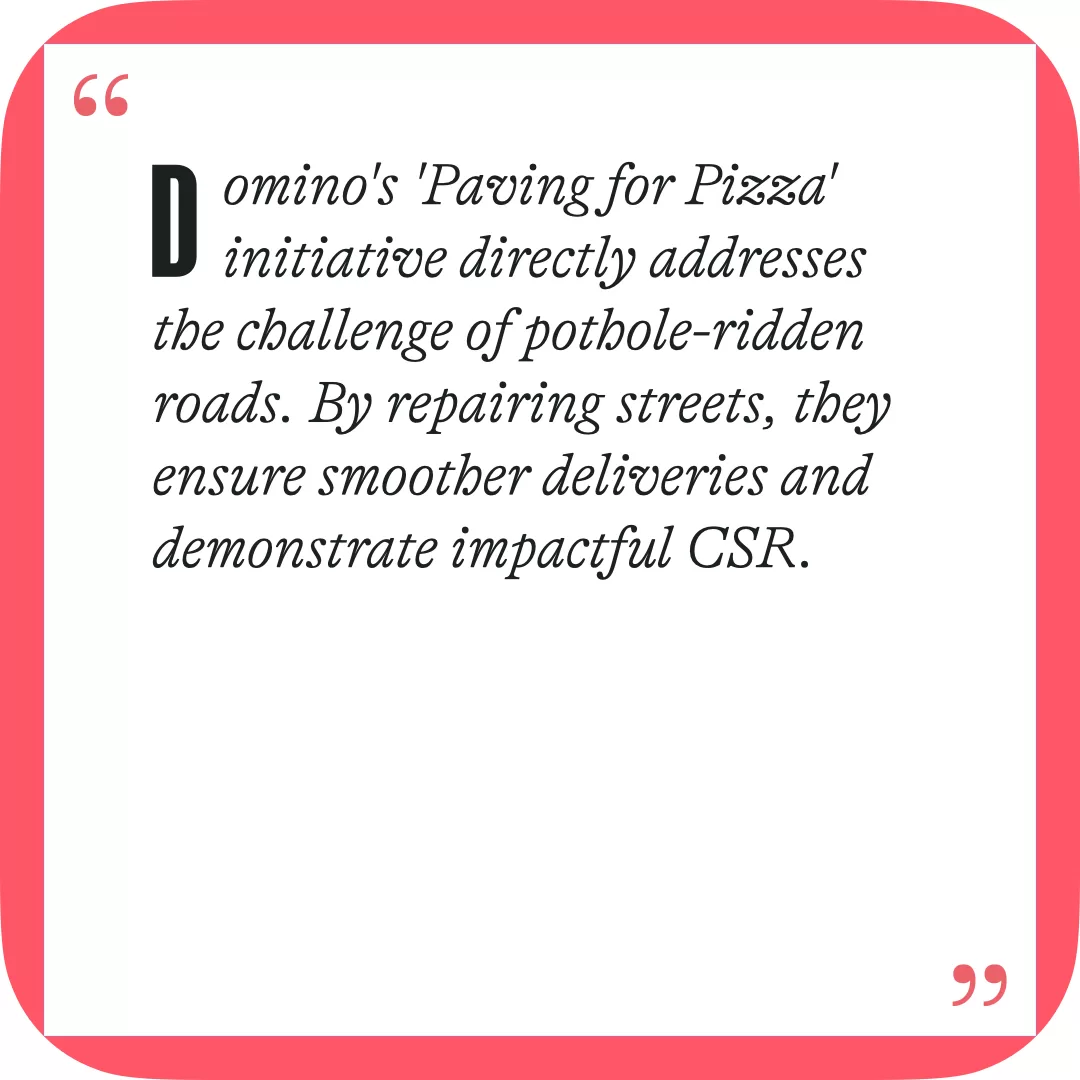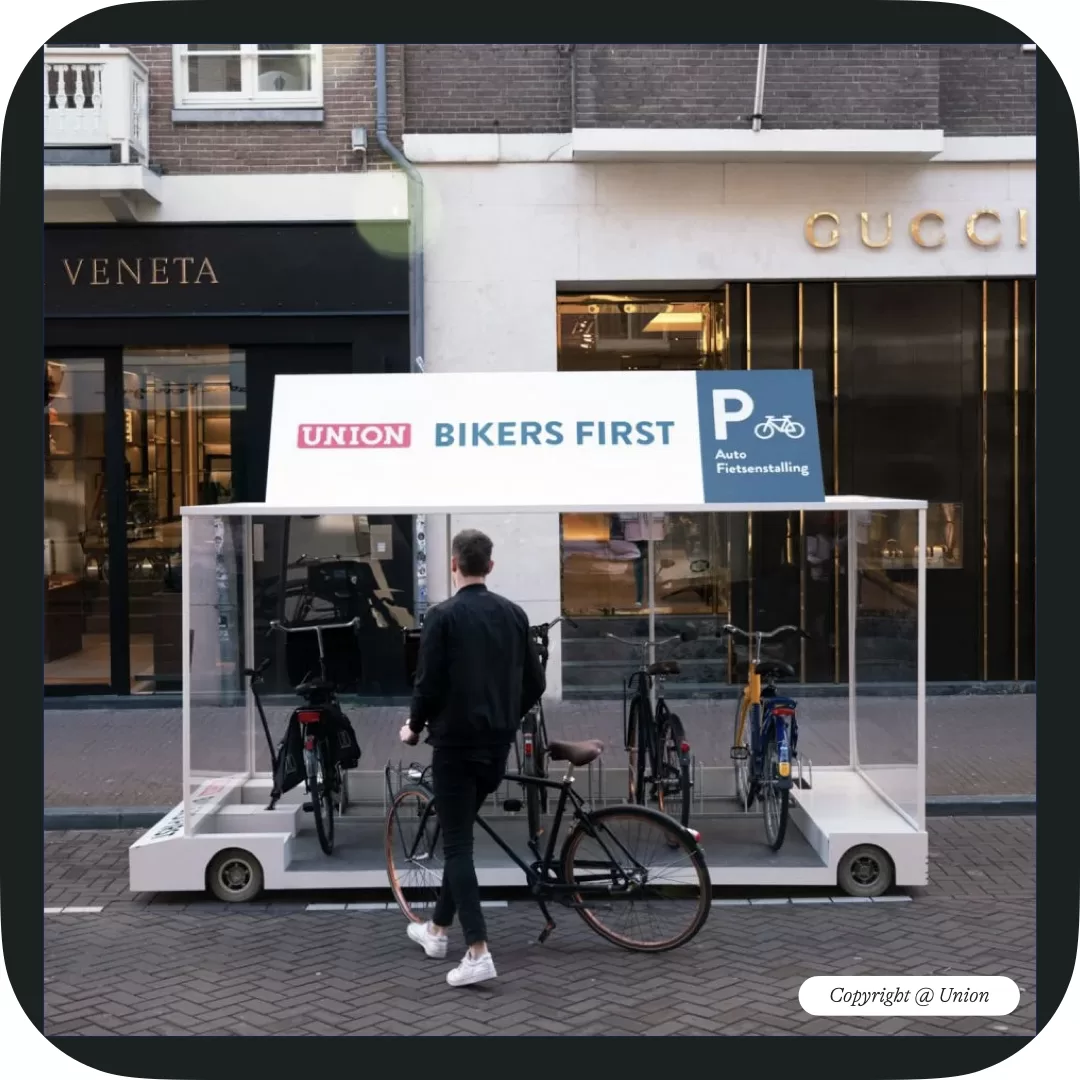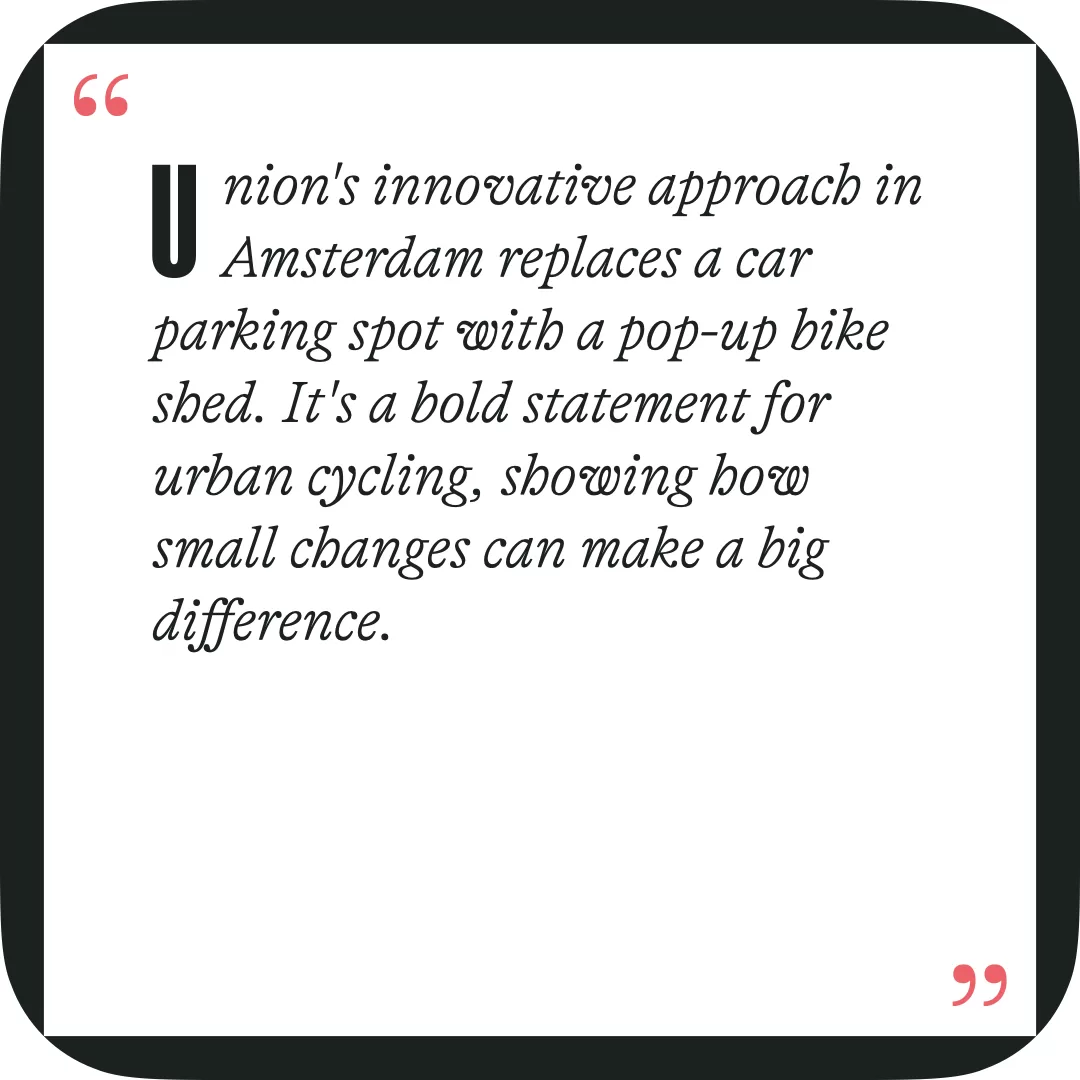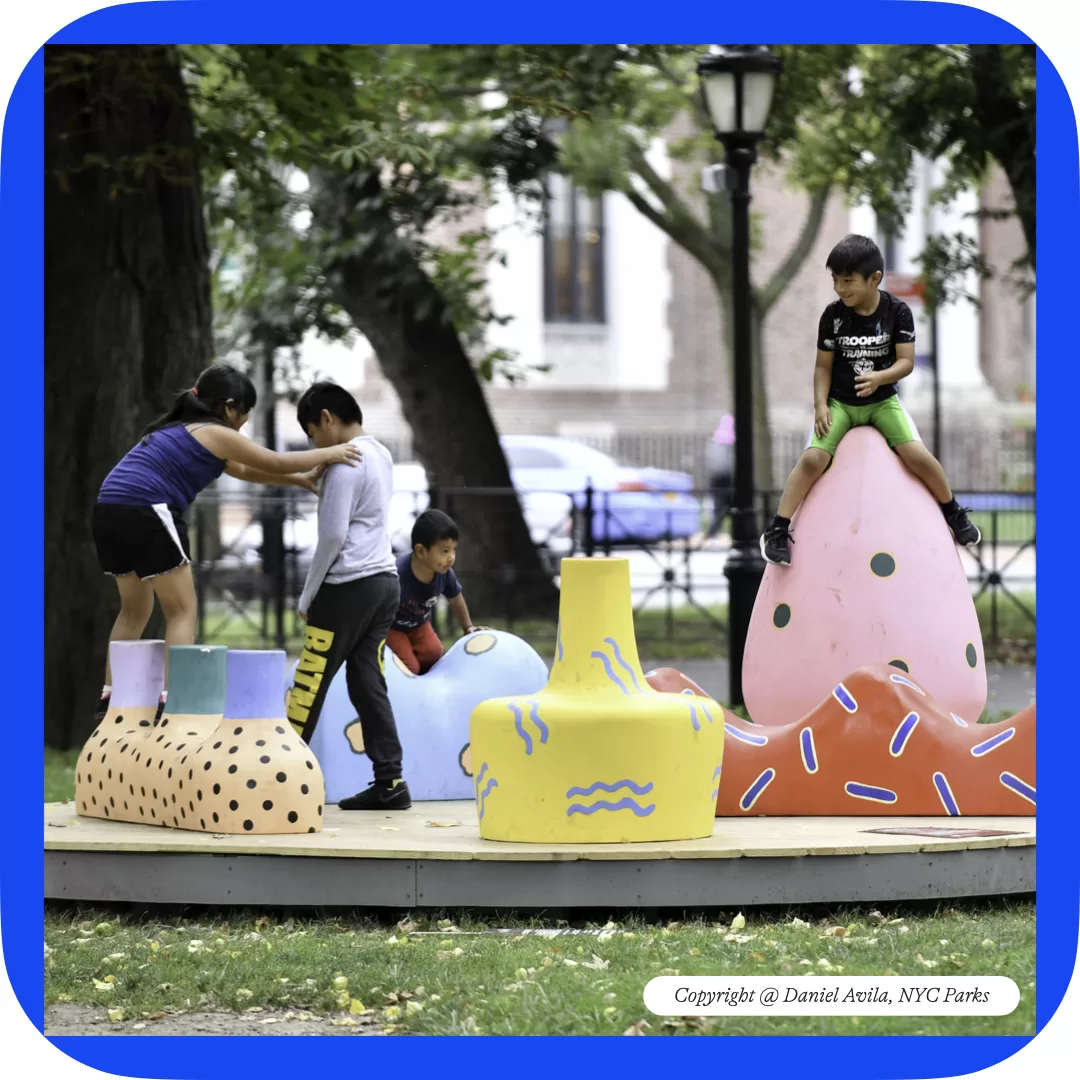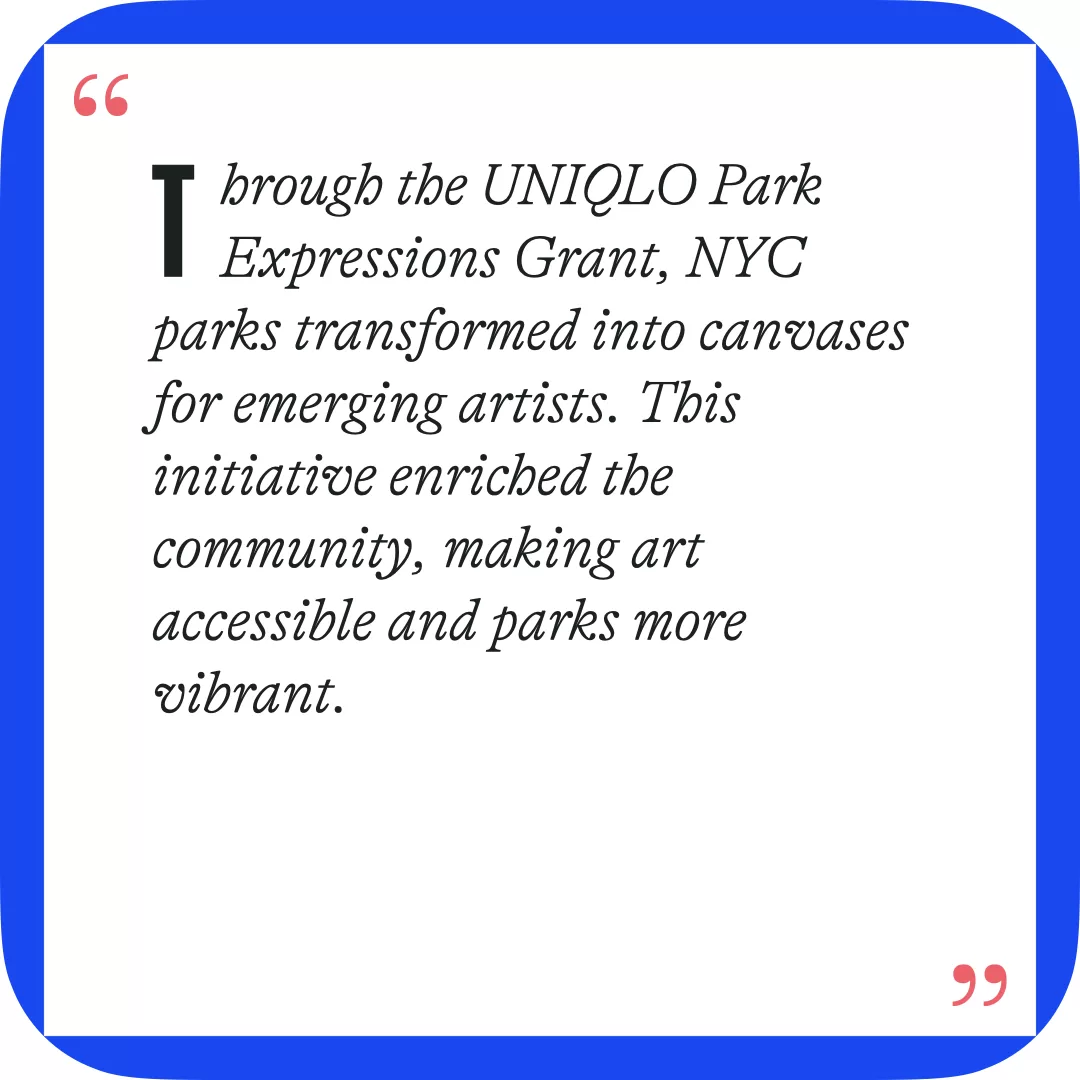BRANDS & Cities
Brands transform cities into playgrounds for experimentation and innovation, staging immersive experiences that captivate audiences
by Moreno Callegari and Irene Mercorelli

Enter BRANDS &, a column dedicated to exploring the multifaceted nature of brands as entities and the realms they choose to inhabit. Each edition unveils a narrative woven into the fabric of the human experience, showcasing a parade of diverse brand expressions. In this second edition, we plunge into the intricate relationship between brands and cities - the anthropic spaces par excellence, and the very stages where narratives are born and unfold.
Cities are like people. They are created by people, experienced by them, and, in a sense, reflect the emotions (whether positive or negative) and needs of their inhabitants. They evolve to keep up with human and economic progress, adapting according to the urban fashions or visions of the time — the Paris we know today, for example, is the result of a huge renewal process implemented in the second half of the nineteenth century that effectively wiped out the medieval Paris that had survived until then. They are spaces of living and working, where people are born, grow, and die.
The city is the anthropic space par excellence, despite not all human beings live inside cities. Although evolution has gradually eroded space from nature to build cities, environments such as villages, the countryside, hills, mountains, seas, forests, deserts, etc. still constitute a large chunk of the spaces inhabited by humans. Focusing on their relationship, while cities have developed over time as vibrant and dynamic entities, brands soon tried to understand how to use these urban landscapes to promote themselves and communicate.
Some theorists question whether cities themselves should be conceived as brands (what is called “city branding” or “urban branding”). Cities reflect the debates and causes going on in a given community. Everyone wants a say in cities: from politicians and administrators to economists and finance people, but also its inhabitants, individuals or communities — and, of course, brands, which in cities operate, sell, and communicate.
Already in the 1800s, brands were quick to seize the burgeoning urban landscapes as fertile grounds for reaching an expansive audience, a strategy later employed by brands such as Coca-Cola with their iconic billboards at the beginning of the 20th century.
Hand in hand with the evolution of humans and their quintessential living space, brands today are exploiting cities as spaces to experiment with new approaches, make innovations, and stage immersive experiences, such as out-of-home advertising and surrealist marketing campaigns. In real life or in the digital realm, brands transform everyday cityscapes into stages for imaginative experiences, engaging with audiences in a manner that transcends traditional marketing boundaries. From billboards that blend seamlessly into the skyline to interactive installations that turn city streets into living canvases, brands are redefining how urban spaces are experienced.
A symbiotic relationship has been created between some brands and some cities, as in the case of Bulgari with Rome or Campari with Milan, celebrating a foundation or affinity cultivated over time. The city is a canvas, an inspiration, a mirror in which brands can reflect themselves, from which they can draw content and imagery and to which they can return symbols and memorability.
When a brand is particularly attached to a city, it is interesting to see how it manages to export the spirit of a place and its identity abroad, to other cities, effectively decontextualizing and recontextualizing its essence.
The urban milieu not only serves as a backdrop for brand narratives but also becomes an integral part of the storytelling process.
As brands continue to navigate and redefine this landscape, they offer a new lens through which we can experience and interact with the cities we inhabit, making the urban space itself an active participant in the brand experience.
